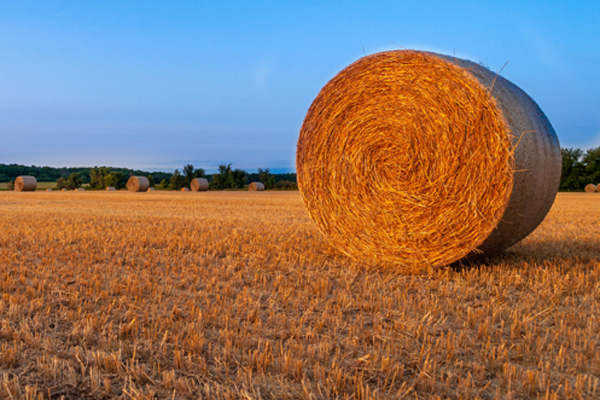Conservation

It’s been largely ignored in the past as a route for phosphorus loss from farms, but the buried network of drainage pipes known as the tile system can carry away as much phosphorus as surface runoff.
That’s the conclusion of a pair of studies published in the Journal of Environmental Quality today (Oct. 3). In research in Ohio and Indiana led by USDA-ARS scientists, nearly 50% on average of both dissolved, “bioavailable” phosphorus and total phosphorus left fields via the tile system—a percentage much higher than previously thought.

The increasing scale of farming operations and use of agricultural machinery worldwide has caused an unusual problem—soil compaction. It’s defined as the packing effect of external forces that reduce soil bulk volume and pore size. Heavy farm equipment like tractors, trucks, and harvesters can cause soil compaction. Other causes include livestock and rainfall.

When soybean was popularized in the U.S. in the 1800s, farmers eagerly embraced the legume from East Asia as a forage crop. Today, it is more commonly grown as an oilseed crop rotated with corn throughout the Farm Belt.
Western hay producers, though, hope the high-protein crop could work yet again as a cost-reducing annual forage that could replace or compliment perennial hay crops like alfalfa and timothy.

For decades, scientists, politicians and environmentalists have been trying to put a value on the Earth’s natural resources. Once public utilities were in place, homeowners had to start paying for the water provided by their municipalities. But, how much should that water service cost? In the late 1990s, it became common for people to buy bottled water. Pricing is largely determined by market forces.

In many cities around the world, patrons of high-end restaurants want quality food that is flavorful and fresh. To satisfy their guests, chefs are looking closer and closer to home – to locally grown produce from neighboring farms or even from their own, restaurant-owned gardens.
“You can’t find fresher food anywhere,” says Sam Wortman, assistant professor at University of Illinois at Urbana-Champaign. “Chefs are literally picking produce the same day they’re cooking it in the restaurants.”

Earthworms are a welcomed sight in many gardens and yards since they can improve soil structure and mixing. But they are hard to find in the drier soils of eastern Colorado where water and organic matter is limited. Adding earthworms to fields where they are not currently found could help enhance the health and productivity of the soil. In areas where droughts are common, though, can earthworms survive? A new study suggests that they can.
